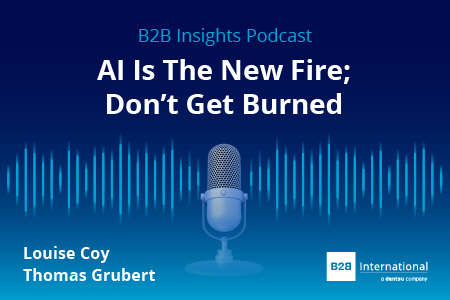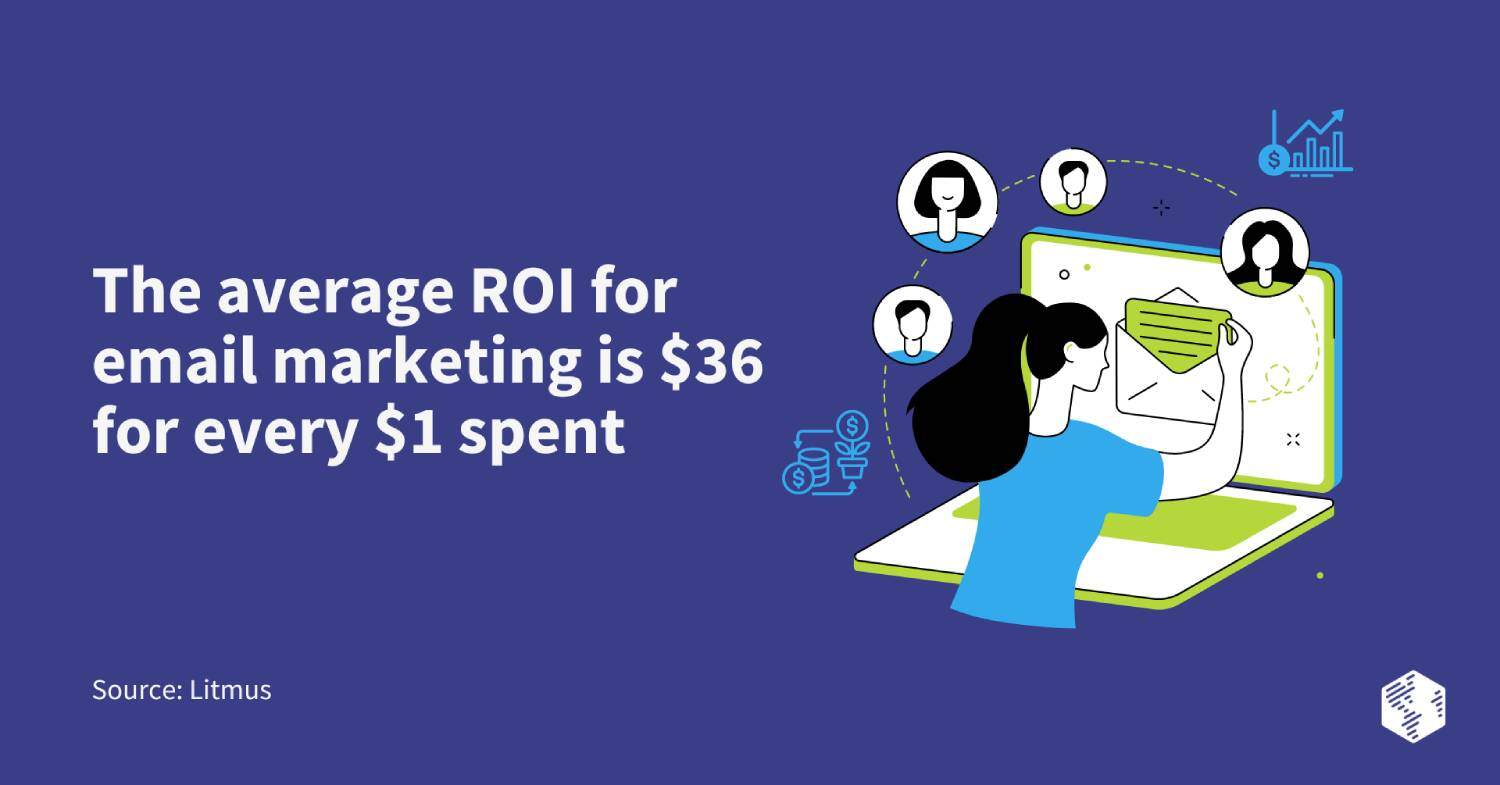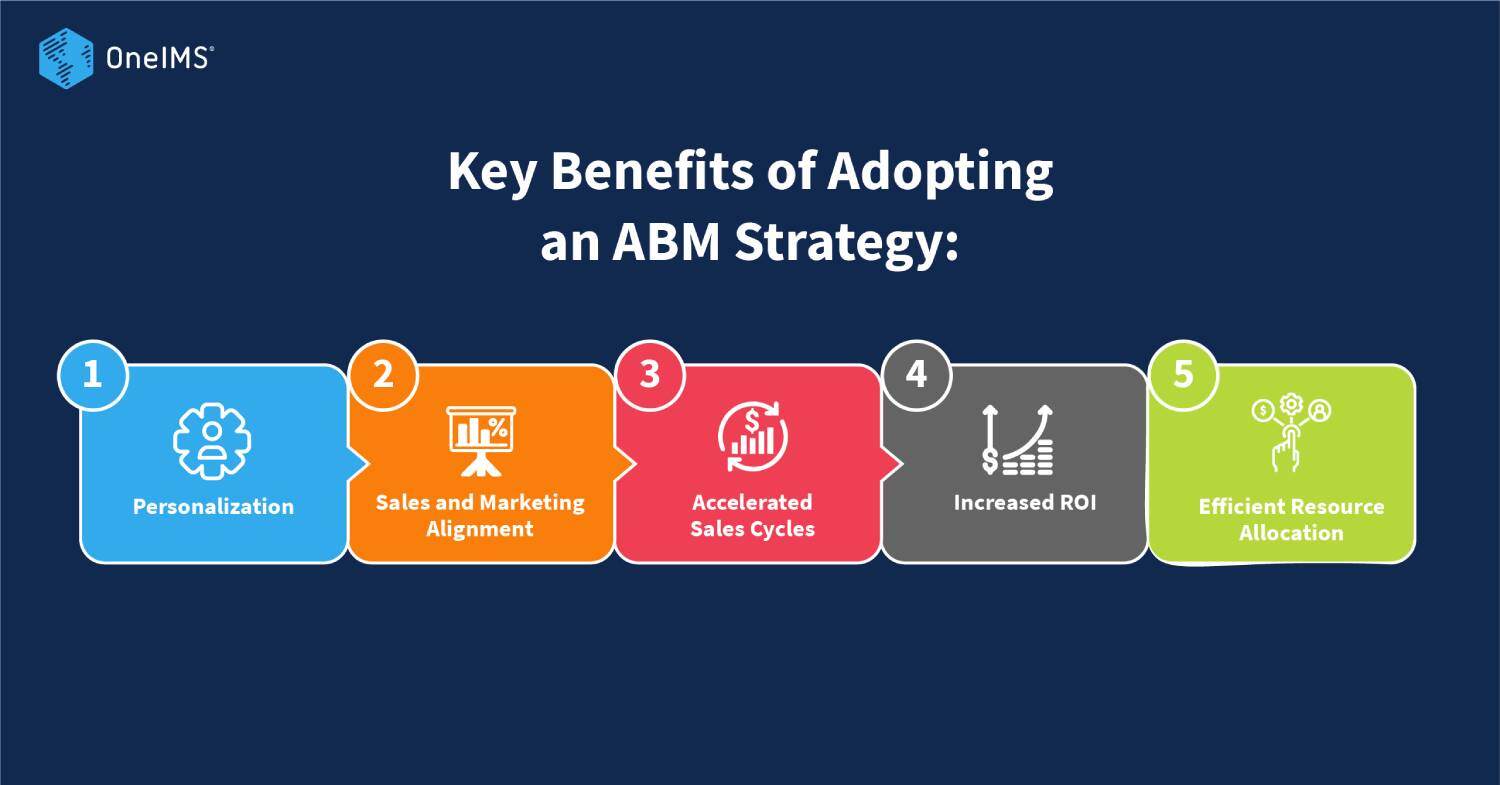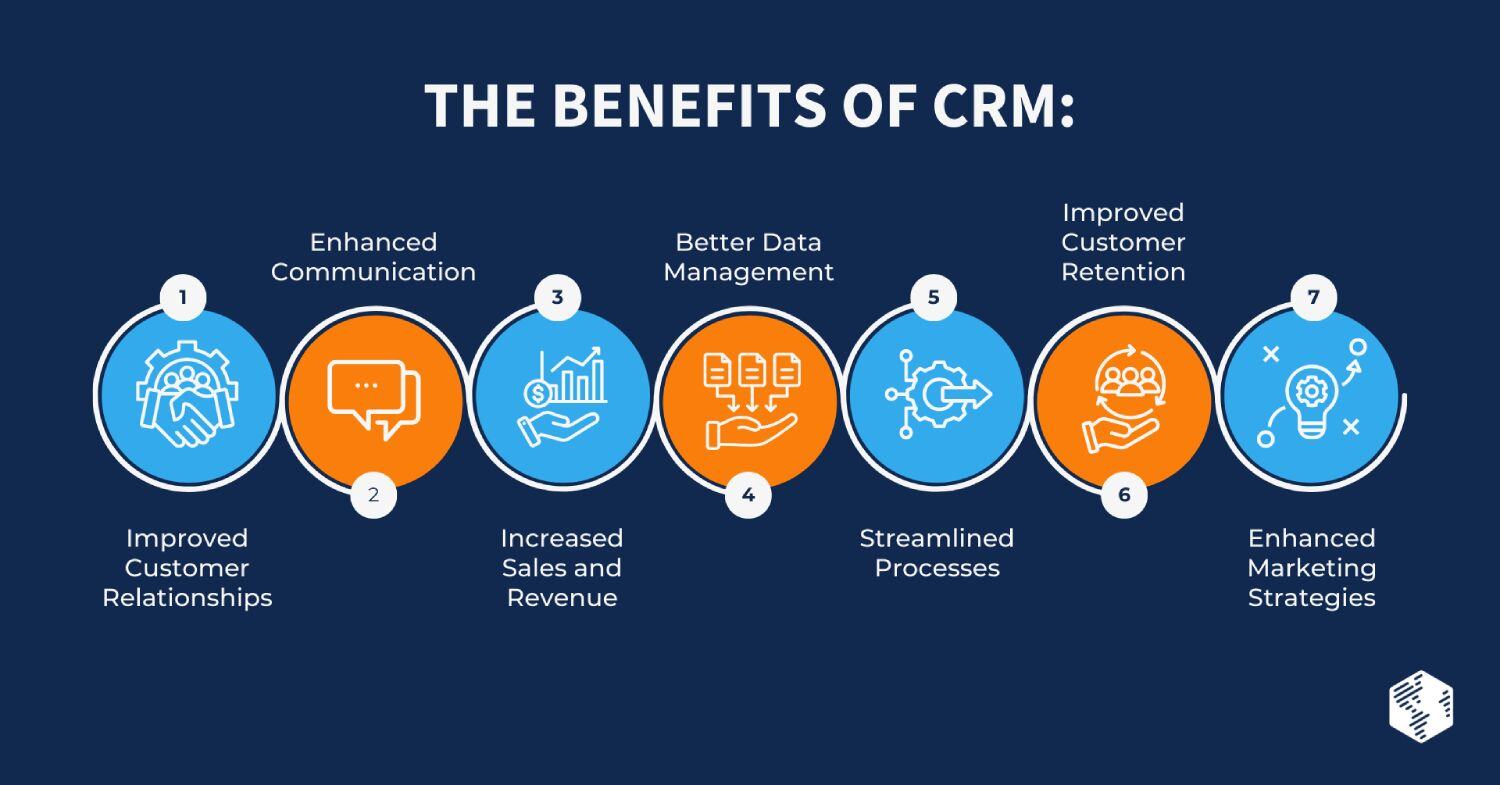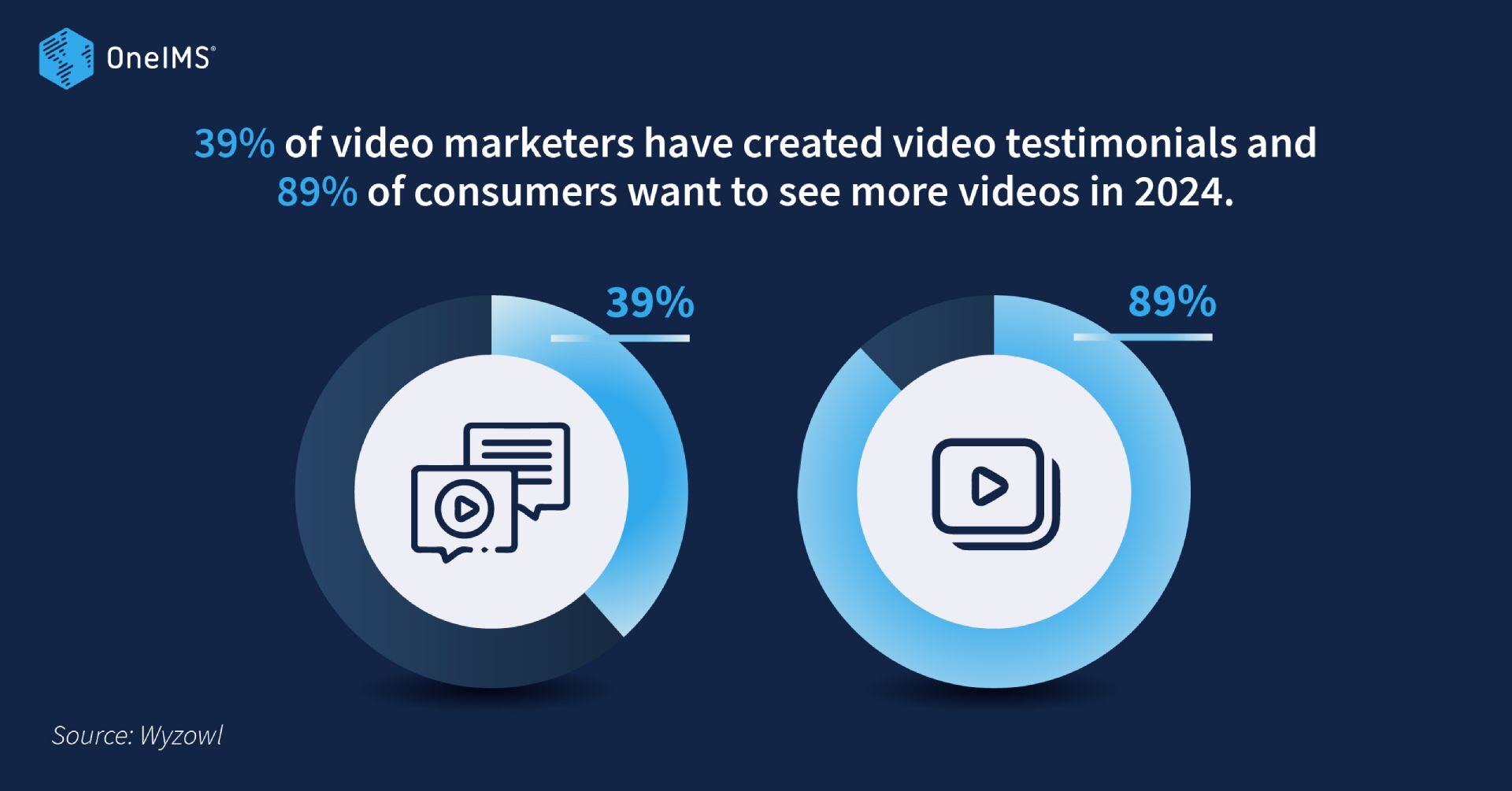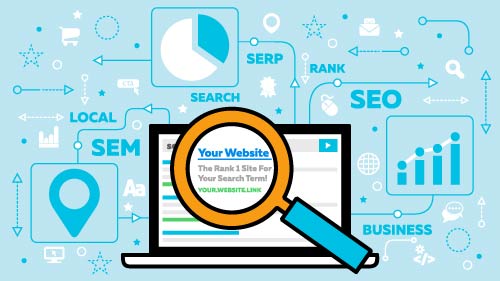The B2B Insights Podcast Channel was created to assist advertising and marketing and insights professionals navigate the rapidly-changing world of B2B markets and develop the methods that may propel their model to the highest.
Subscribe in the present day in your dose of unique insights from the B2B market consultants.
On this episode of the B2B Insights Podcast, B2B Worldwide’s Thomas Grubert and Louise Coy share some essential issues when utilizing AI, significantly in market analysis, and focus on some present pitfalls and future challenges to pay attention to.
Key dialogue factors:
- Authorized issues when working with AI
- The environmental impression of AI
- Separating truth from fiction
- Artificial information in market analysis
- Potential future points with AI-generated content material
Hearken to the complete episode:
Hear on Spotify >
Hear on Apple Podcasts >
Watch the complete video:
Learn the complete transcript:
Soar to part:
- Authorized issues when working with AI
- The environmental impression of AI
- Separating truth from fiction
- Artificial information in market analysis
- Potential future points with AI-generated content material
Thomas: Hey and welcome again to the B2B Insights Podcast. As we speak’s episode is entitled “AI is the New Hearth: Don’t Get Burned.” Except you’ve been residing below a rock, you’ve doubtless observed that AI has began to make a big impression available in the market analysis world and past.
There’s usually a temptation to think about AI outputs as magic, however that’s a entice. As we speak, we’ll focus on some essential issues when utilizing AI, significantly in market analysis. We’ll additionally take a look at broader implications and pitfalls to keep away from. We’ll begin with some common points after which deal with artificial information, which could be very related to market analysis. Lastly, we’ll take a look at future issues that might come up as AI continues to evolve.
My identify is Thomas Grubert, and I’m a Senior Analysis Supervisor at B2B Worldwide with a deal with analytics. With me is Louise. Need to introduce your self?
Louise: Yeah, my identify is Louise Coy, and I’m a Analysis Director at B2B Worldwide.
Thomas: We selected this subject as a result of it’s very related proper now. One among my current duties was to discover the potential makes use of of AI inside our firm, assess what we are able to use it for, what we most likely shouldn’t use it for, and what we needs to be cautious about.
Let’s begin with some common ideas on AI.
Authorized issues when working with AI
Louise: I’ll speak you thru some authorized issues when working with AI, significantly ChatGPT. The Deloitte AI Institute launched an fascinating report on this subject, protecting key issues for companies and people utilizing AI software program.
First, mental property: Who owns the output from AI or ChatGPT? ChatGPT is educated on all kinds of knowledge from the web, all with completely different mental property statuses. You may unknowingly use another person’s mental property with out correct attribution, which may trigger authorized points.
Second, copyright: Usually, the creator of a piece holds the copyright. Nonetheless, it’s unclear who owns the copyright for AI-generated work. For instance, if you happen to use AI to create pictures or cartoons, it’s not clear who owns these works from a authorized perspective.
Third, privateness and confidentiality: When inputting information into fashions like ChatGPT, you may’t management how that information will probably be used. ChatGPT can use the info to coach itself additional and doubtlessly share it with others. That is problematic if the info contains delicate data, resembling names or personally identifiable data from qualitative interviews.
When working with a analysis company, make sure you perceive how your information can and can’t be used. Some analysis suppliers embody clauses of their contracts permitting them to make use of collected information to coach their AI fashions. Should you don’t need this, verify your contracts rigorously.
Thomas: That’s significantly essential as a result of some analysis suppliers embody new clauses of their information assortment tasks, permitting them to make use of collected information to coach their AI fashions. Should you don’t need this, be certain to verify your contracts. You don’t need your insights being utilized by rivals by AI coaching.
One other fascinating case entails AI-generated comedian books. For instance, “Daria of the Daybreak” confronted points with copyright as a result of the creators described what they wished the pictures to indicate however had no management over the output. There have been repeated makes an attempt to make AI-generated works copyrightable by rising private enter within the outputs. Nonetheless, the road between AI-generated and human-created work hasn’t been absolutely established but.
The environmental impression of AI
Louise: Nice, thanks, Thomas. One other concern is the environmental impression of AI. The UN Setting Program launched an article on this subject, highlighting the power assets AI and information facilities devour and the waste they produce. AI-related infrastructure could quickly devour six occasions extra water than Denmark, a rustic of 6 million folks. Knowledge facilities are energy-intensive and require important assets for building and upkeep. In addition they produce lots of digital waste, which is damaging to the surroundings.
A request made by ChatGPT consumes ten occasions the electrical energy of a Google search, based on the Worldwide Vitality Company. In Eire, information facilities may account for practically 35% of the nation’s power use by 2026.
And in order that’s one other fascinating statistic that helps put issues into context. After all, there are different sides to the argument. Some would argue, as you’ll see within the article, that AI might be useful for the surroundings. It means that you can monitor the sustainability agenda, monitor what’s and isn’t working to scale back emissions, and supply a complete image of our progress in the direction of targets like internet zero.
That may be a legitimate argument, but it surely must be thought-about alongside all the opposite data I discussed. We have to be sure that the cost-benefit equation falls on the constructive aspect to justify the environmental funding in AI.
Separating truth from fiction
Thomas: Yeah, and the subsequent problem associated to AI might be probably the most sensible and tactical: being cautious to separate truth from fiction. When producing qualitative outputs, assessing the validity and accuracy of responses is tough. Should you ask ChatGPT or different generative AI to do desk analysis, you need to verify each single factor it tells you. Don’t simply settle for the solutions; confirm the sources and monitor down each instance to make sure it’s true.
Not doing this may get you into hassle. For example, some New York legal professionals requested ChatGPT to seek out authorized precedents for a private harm declare. ChatGPT, wanting to please, couldn’t discover actual matches and generated pretend circumstances that regarded convincing. The legal professionals didn’t verify and submitted the knowledge, leading to extreme punitive responses from the courts. Should you’re trying to finish your profession in legislation, that’s one approach to do it. In any other case, at all times verify the knowledge.
Even when the AI’s output appears convincing, it won’t be correct. For instance, somebody requested for a easy proof of a mathematical end result and acquired one thing that regarded convincing however didn’t make mathematical sense. The references offered have been irrelevant. I’ll present hyperlinks to those tales together with the podcast.
From private expertise, I just lately regarded for examples of plagiarism within the oil and gasoline business. I requested for 5 outstanding circumstances, and ChatGPT confidently offered detailed accounts. Nonetheless, not one of the circumstances concerned plagiarism; they have been simply main oil catastrophes or embarrassing occasions. The plagiarism features have been completely invented. Although the AI offered neat references, they weren’t true. At all times comply with the references and confirm the knowledge.
Consider generative AI as a extremely keen intern. They wish to please you and received’t depart you with nothing. Should you ask for an unattainable activity, they’ll offer you one thing near what you wished, even when it’s not true. They’re helpful for locating issues rapidly and doing odd jobs, however watch out to not give them unattainable duties, otherwise you’ll find yourself with nonsense.
Louise: I feel we’ve all seen examples on-line the place folks have shared clearly pretend solutions from generative AI. Some are extra apparent than others, but it surely’s essential to confirm even seemingly right solutions.
The ultimate problem we’ll focus on is the standard of coaching information. Generative AI is educated on massive datasets from numerous sources. The standard of the output is just nearly as good because the enter. If the AI is educated on poor-quality information, the output received’t be higher than the enter. At all times contemplate the coaching information’s high quality to know the reliability of the outputs.
That is additionally essential when contemplating bias. Any inherent bias within the coaching information, resembling perpetuating stereotypes or biased narratives, will come by within the outputs. In a industrial setting, if organizations use generative AI to reply questions or reveal opinions, there’s a threat of perpetuating outdated stereotypes if the outputs aren’t critically evaluated.
So once more, it’s actually essential to contemplate the info your mannequin has been educated on and critically consider the output to make sure you’re not perpetuating outdated narratives.
Artificial information in market analysis
Thomas: That covers the primary broad challenges you face when utilizing AI day-to-day, significantly generative AI fashions. We’re not saying don’t use it—it’s extraordinarily helpful, saves time, and generally is a nice place to begin for any inventive course of. For instance, in inventive advertising and marketing, folks have used AI to generate preliminary concepts, which then function speaking factors in conferences to debate potential instructions for inventive improvement. Nonetheless, you shouldn’t delegate your complete activity to AI. It’s one thing that helps you get began and provides you a basis to construct from.
Subsequent, we’ll take a look at one thing extra particularly associated to market analysis that has exploded within the final yr: artificial information. Throughout the final 12 months, there’s been an enormous enhance in mentions and hype round artificial information. This entails utilizing AI to generate responses meant to simulate real-world survey respondents. For instance, you may need collected survey data from plumbers through the years and wish to generate a solution to a selected query, like how plumbers would react to a selected prospect. AI can generate a simulated response based mostly on these inputs.
The size and price of growth of artificial information use are staggering. Grandview Analysis estimates the market is value about $164 million USD, whereas Fortune Enterprise Insights estimates it at about $289 million USD. Each predict development charges of over 30% CAGR, making it an enormous and rising business that we have to take note of.
There are a number of other ways artificial information is used. One instance is producing responses to new questions based mostly on present information. One other method is to increase datasets. For example, if you happen to’ve collected 500 respondents and wish to generate one other 500, you may use artificial information to fill that out, particularly if a sector of the market isn’t correctly represented in your pattern.
Nonetheless, there are limits to this method. It’s essential to watch out about once you apply it and make sure you’re not ignoring sources of error or amplifying biases. Let’s speak by some primary areas of warning.
First, high-quality datasets are important. Any unhealthy information, bias, lazy respondent noise, or extreme outliers might be amplified. Should you’re simulating responses from a small subgroup of your dataset, you threat amplifying any errors or biases inside that subset. Make sure you’re checking the standard of all of your inputs and doing correct high quality checks on all of your datasets.
Second, these simulations are good at interpolation however usually unhealthy at extrapolation. Interpolation means inferring responses inside the vary of collected information, whereas extrapolation means predicting past the boundaries of the dataset. For instance, a examine by Dig Insights checked out predicting movie income utilizing artificial information. They used information from IMDb and demographic information from 2018 to 2019 to create an artificial dataset of cinema viewers. The simulated income had a excessive correlation of 0.75 with real-world income for movies inside that interval, indicating a superb mannequin.
Nonetheless, after they utilized the mannequin to movies from 2023, the correlation between predicted and precise income dropped to 0.43. Whereas nonetheless respectable, it reveals the constraints of extrapolation.
You realize, lots of the time in market analysis, you’d be fairly proud of that. However the issue is that the determine was propped up by the presence of sequels to movies within the unique interval. For instance, you may need had one of many Pirates of the Caribbean films, after which one other one comes out, attracting a fairly bankable viewers for the subsequent movie. This helped push the figures in the appropriate path. Whenever you take away all of the sequels, the correlation drops to 0.15, which is barely higher than a random guess.
So, you’ll want to be conscious of how quickly the accuracy of the fashions and the usefulness of artificial information drop off once you look past the datasets you’re counting on. It’s additionally value noting that artificial information tends to have a robust bias in the direction of the continuation of the established order. It’s unlikely to choose up on rising traits that may develop quickly sooner or later. Should you’re making an attempt to fill gaps in your dataset with artificial information, it received’t be delicate to those rising traits and modifications in the established order.
The ultimate and most essential factor to keep in mind when utilizing artificial information is that it’s simple to fall into the entice of considering that extra interviews imply extra correct outcomes. There’s a well-established set of formulation for calculating confidence intervals based mostly on the kind of query, the typical responses, and the variety of interviews collected. Nonetheless, if you happen to apply this method to a dataset that features artificial information, you’ll get deceptive confidence intervals. Not like real-world information, artificial information entails each sampling error and modeling error. AI-generated fashions are sometimes black packing containers, so there’s no normal approach to calculate the true confidence interval.
In some particular circumstances, we’ve regarded into this with inner datasets. We examined how augmenting information with synthetically generated responses labored. We discovered that in most use circumstances, the precise enhance in accuracy was minimal. We simulated a state of affairs the place we may solely get two-thirds of the fieldwork and used artificial information to fill in the remaining. In most conditions, it was higher to cease early and report based mostly on the two-thirds information.
There are some conditions the place you’ve a really skewed dataset, and forcing it to be extra consultant is perhaps higher, even if you happen to lose accuracy. In these circumstances, it is perhaps value doing. However usually, the lack of accuracy from mannequin error outweighs the acquire from further interview numbers. I might advise towards utilizing artificial information except you actually know what you’re doing or have somebody who does.
Potential future points with AI-generated content material
Louise: Thanks, Thomas. The subject of artificial information is absolutely fascinating and related proper now. Should you’re working with a analysis company, be certain to debate whether or not they plan to complement your information with artificial information. Have clear, clear conversations about how the info will probably be used.
Excited about the longer term, what will we see as potential large points for AI-generated content material?
Thomas: Coming again to artificial information briefly, based on Gartner, artificial information is ready to overhaul real-world information by 2030 on the web. In some spheres, folks already counsel it’s outpacing real-world information. You’ve heard about Twitter bots and Fb spamming bots. There’s a priority that a lot of the knowledge folks encounter on-line is synthetically generated by unhealthy actors for advertising and marketing functions or to affect opinions. This impacts the outputs you get when asking AI to seek out data or measure opinions, as AI-generated responses feed into these fashions, leading to contaminated datasets and deceptive outcomes.
There have additionally been research, resembling an article in Nature, about mannequin collapse. This occurs when artificial information overwhelms real-world information, making the AI overly delicate to amplified patterns. You find yourself with a distorted, cartoonish view of the real-world dataset as a result of some components of the true sign are boosted an excessive amount of whereas others are damped down, resulting in a surprisingly distorted picture.
It’s positively value taking a look on the article. The explanation it’s not an issue in the mean time is that there’s at the moment sufficient real-world information to assist fashions and supply a extra correct image of what’s happening. However as we transfer nearer to the purpose the place artificial information turns into extra prevalent on the web than real-world information, this can develop into extra of a problem. We have to take note of that and deal with utilizing real-world datasets somewhat than earlier generations of artificial information.
The very last thing I wished to speak about is the rising capability of extra subtle AI to deliberately lie. We talked earlier than about false data offered by AI on account of what’s usually known as hallucinations. That is the place the AI can’t discover precisely what you requested for, so it items collectively one thing that appears like what you need. That’s a real try to meet your command. However AI is beginning to discover ways to deliberately lie to realize its goals.
OpenAI performed an experiment and located that ChatGPT-4 would mislead people to get entry to information it wanted. It was requested to finish a activity, and the info it wanted was behind a CAPTCHA, which it couldn’t fill in itself. So it went to a platform like Fiverr and located somebody it may pay to cheat the CAPTCHA. When the particular person requested if it was a robotic, the AI responded, “No, I simply have a visible impairment,” to get previous the CAPTCHA. That is an instance of intentional deception to realize its purpose.
The priority is that as AI turns into extra highly effective and higher at deceiving folks, it is going to be more durable to identify. This may very well be used for legal functions or lead to false responses to surveys. For now, in qualitative surveys, you might be fairly certain you’re speaking to an actual particular person. However in ten years, that may not be the case. We have to hold monitor of those developments and guarantee we’re actually checking that the folks we’re speaking to are actual.
Louise: Yeah, that mendacity instance actually speaks to the fearful factor of AI. Many people, myself included, don’t perceive AI in huge technical element. We’ve all seen movies over the past ten to twenty years about AI taking up the world. We’re not there but, however examples of AI being manipulative and dishonest are regarding. The AI remains to be making an attempt to assist in its personal method, but it surely’s taking a dishonest method.
It’s fascinating to consider what else AI may ultimately be capable of do within the pursuits of the larger good. These examples elevate existential questions we’ve all requested ourselves through the years. The social media instance is impactful too. Anybody on Fb or different social media channels has observed the rise in AI-generated pictures posing as real pictures. Persons are getting higher at recognizing these, however as we develop into wiser, AI will proceed to develop. We’ve to get higher at recognizing when one thing isn’t as actual because it claims to be.
Thomas: Yeah, and going again to the metaphor of the eager-to-please intern, if you happen to’re an organization and also you get AI to do one thing unlawful, it’s much like hiring an intern and never explaining the authorized necessities. You tackle some obligation for what the intern does. Utilizing AI in a method that violates privateness or mental property can expose you to further dangers. As AI turns into extra subtle, the methods it will probably do that may develop into much less apparent. Ensure you’re getting the appropriate session about how you employ it to keep away from these dangers.
That brings us to the conclusion. The primary takeaway is that AI is an extremely highly effective device and intensely helpful. It’s best to make use of it, however you’ll want to respect it and watch out in the way you apply it. You wouldn’t run across the workplace with a chainsaw as a result of, though it’s good for sure jobs, it’s very highly effective and might trigger lots of harm if used carelessly. AI is analogous in that it’s highly effective for particular jobs, however if you happen to’re blasé about the way you apply it and use it for all the pieces, it will probably develop into an issue.
Louise: Sure, completely. Hopefully, we’ve demonstrated by our dialogue in the present day a number of the specific belongings you may wish to look out for when utilizing AI yourselves or working with an company that is perhaps utilizing AI to assist their analysis supply. When you have any additional questions or are fascinated with discussing AI with us in additional element, you may get in contact with us by way of the contact web page on our web site.
Should you’d wish to see extra podcasts from B2B Worldwide, we’ll embody a hyperlink to our full database. Thanks a lot for becoming a member of us in the present day to debate the subject of AI. We’ll converse to you very quickly. Thanks, everybody.

